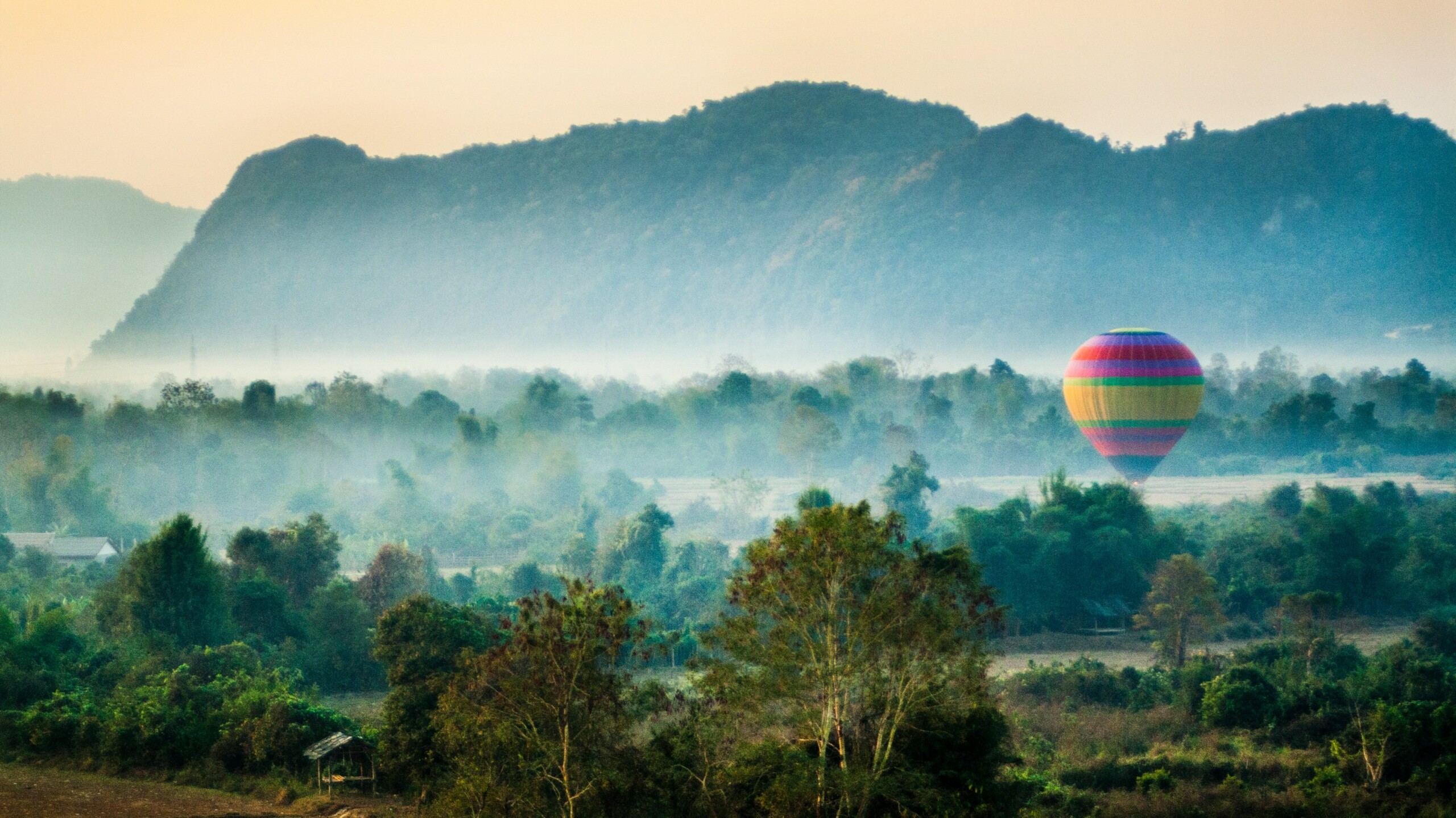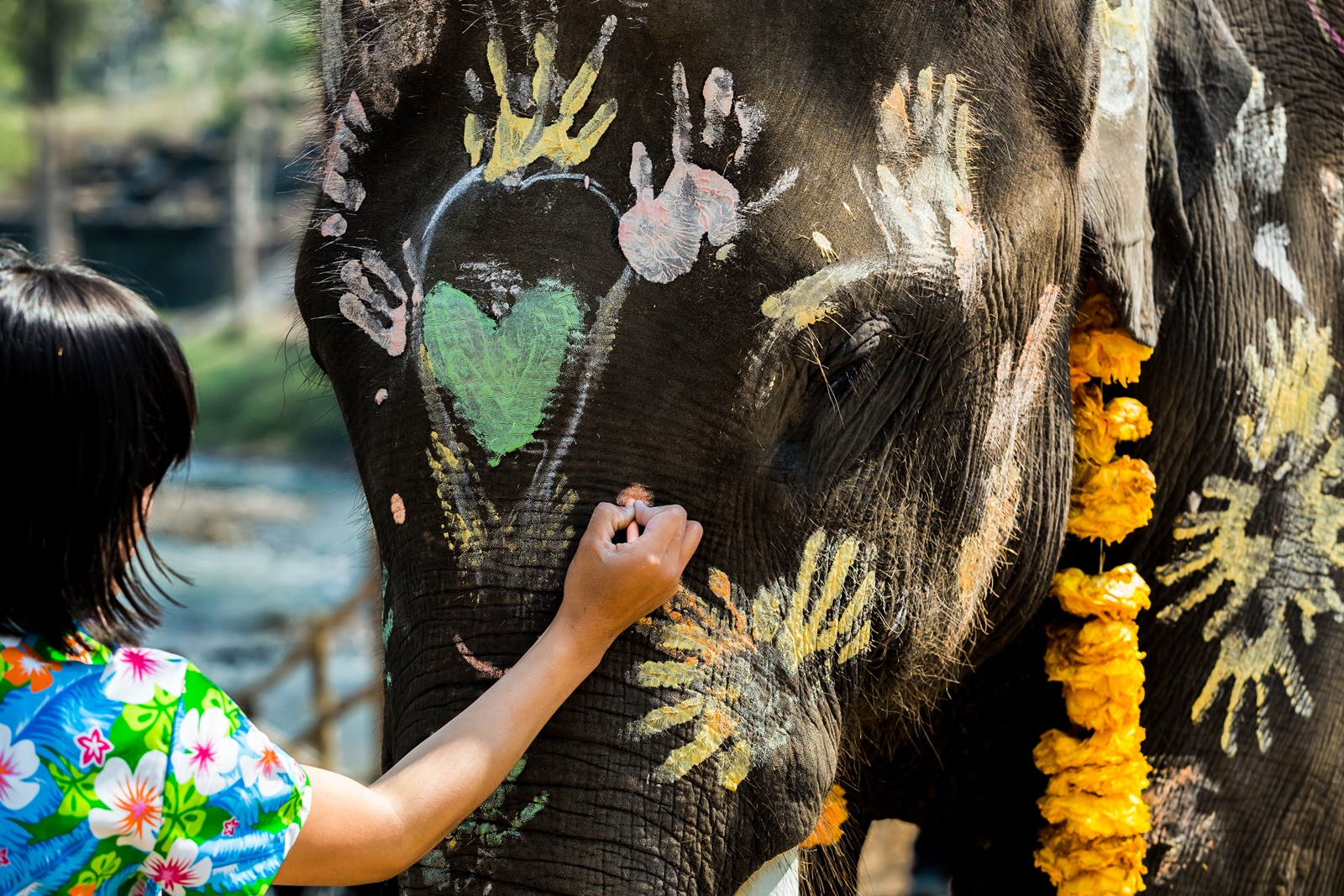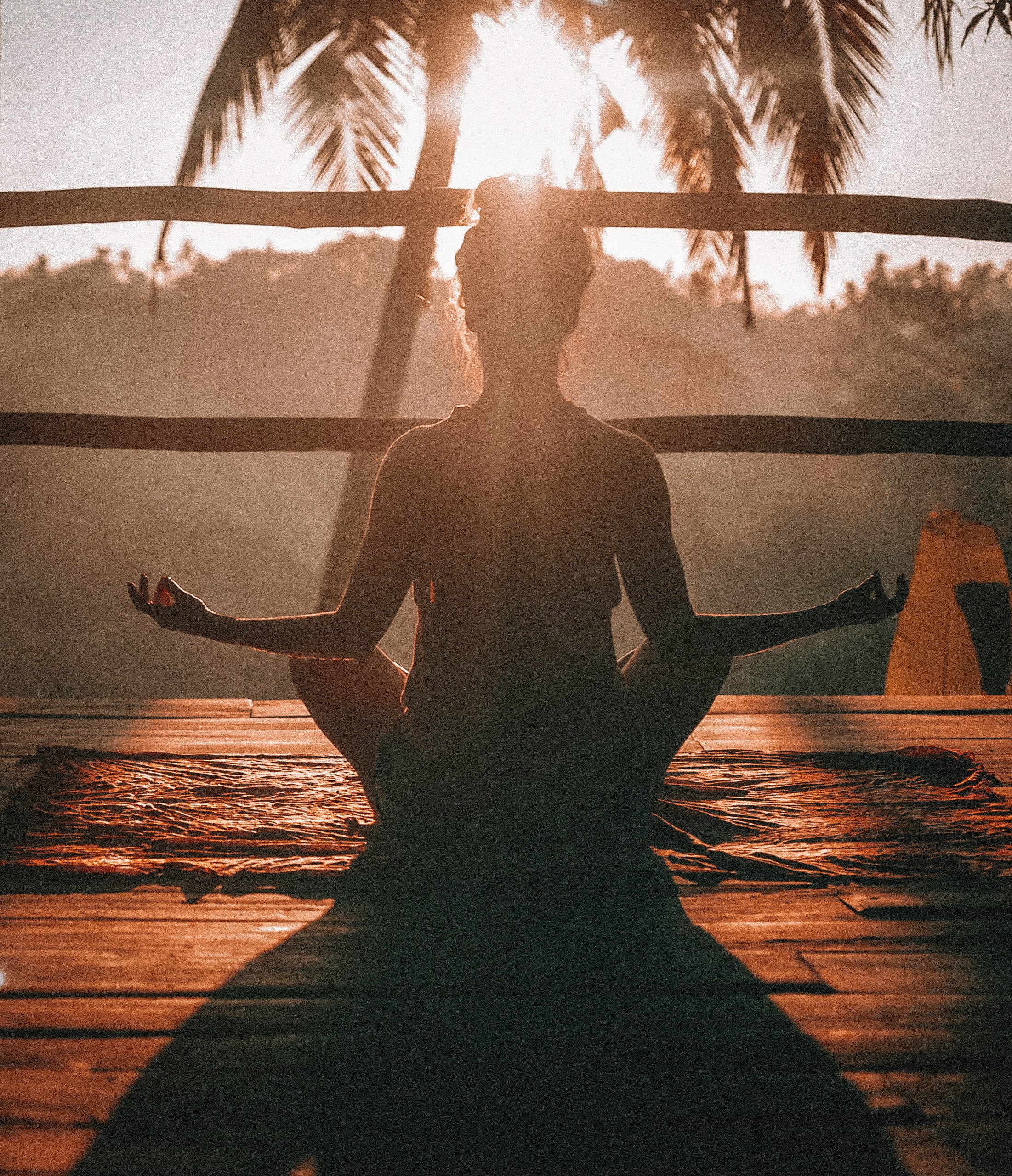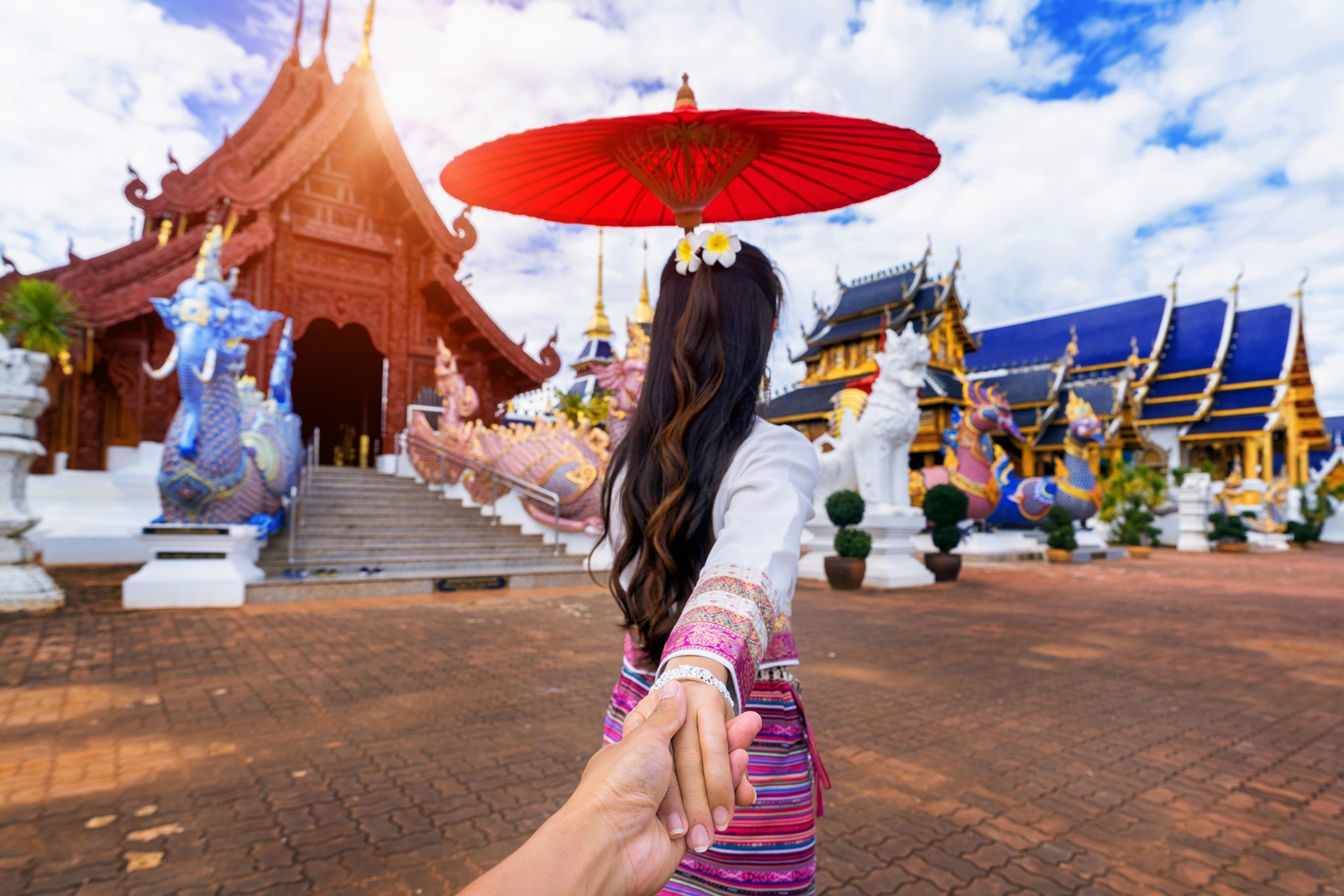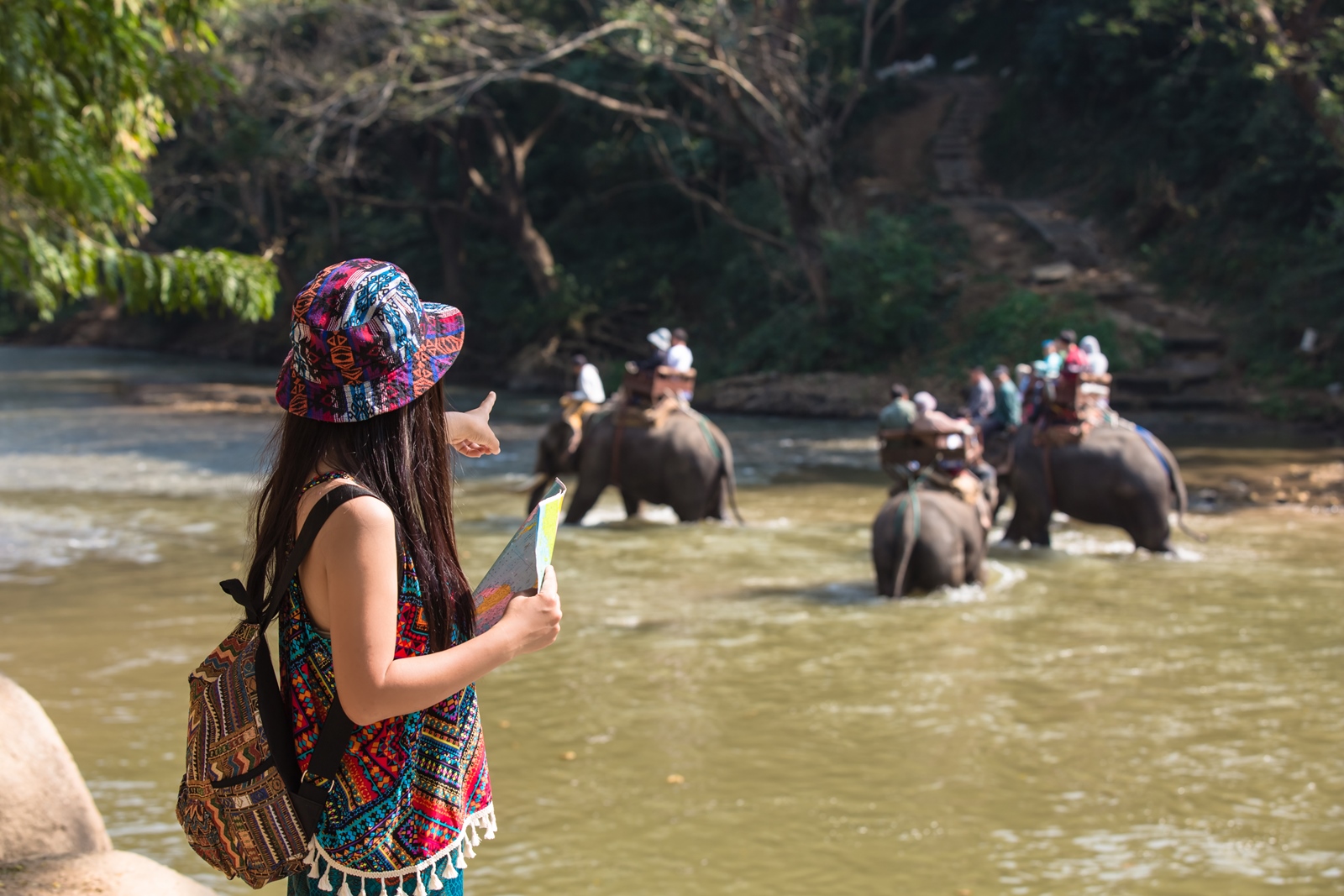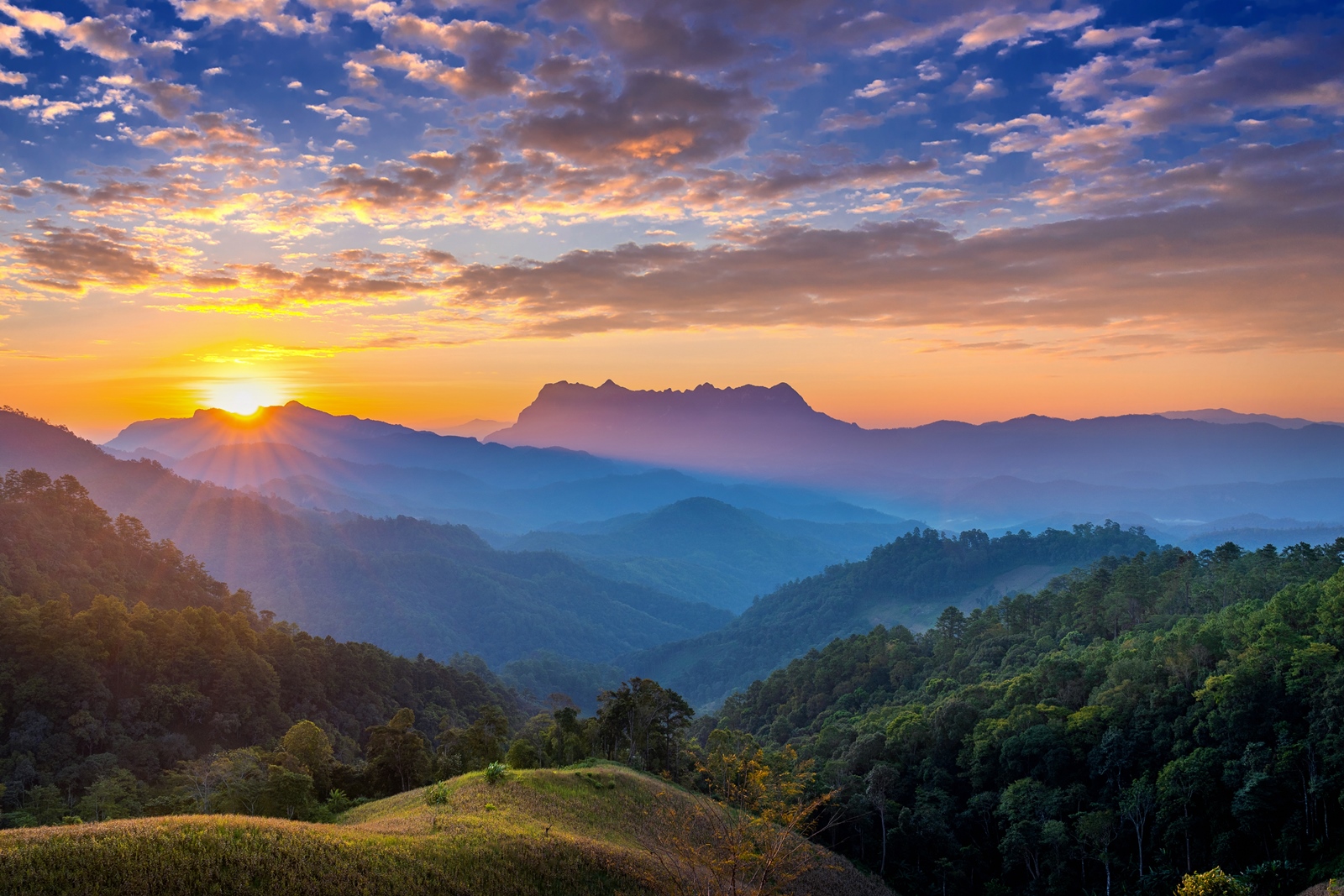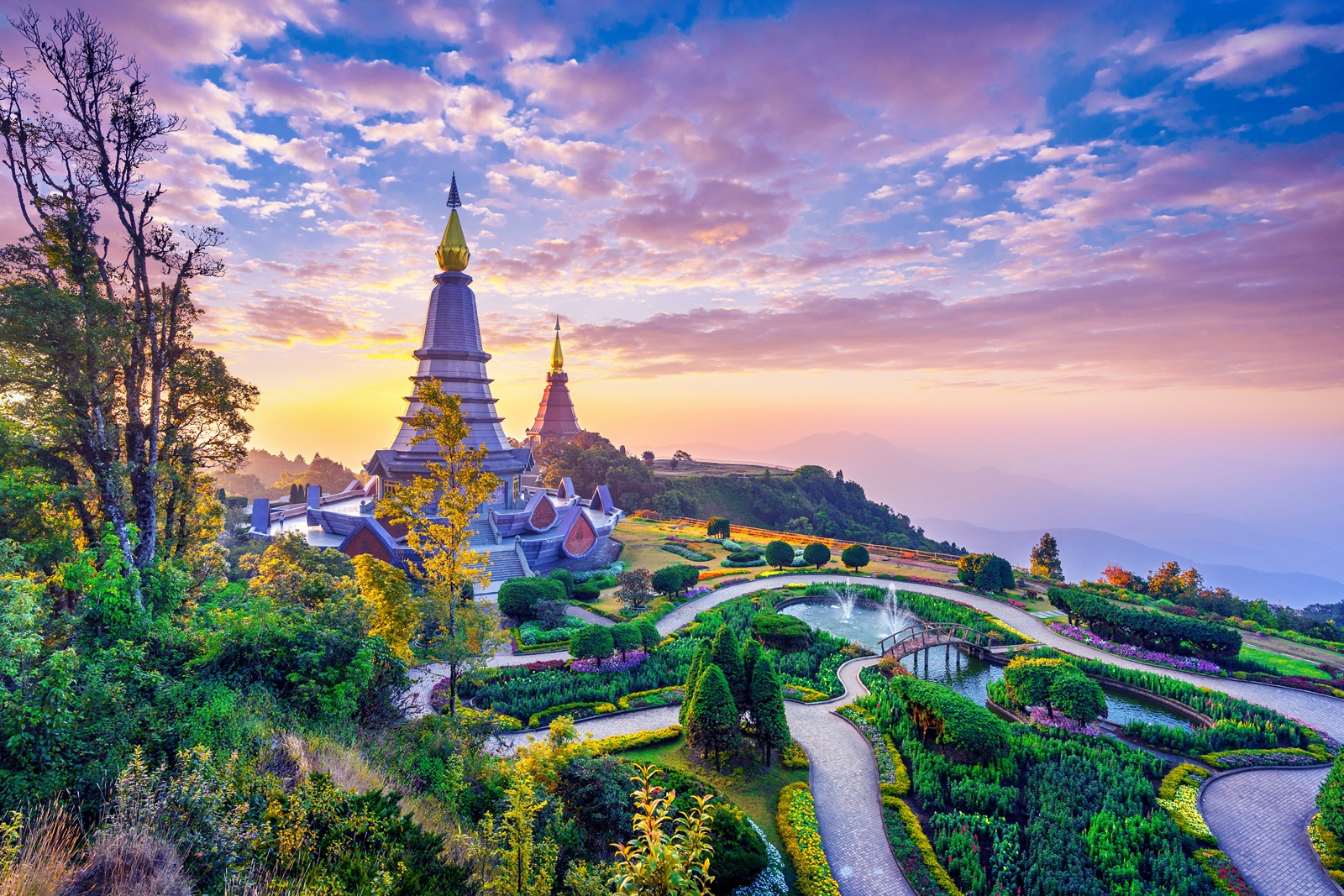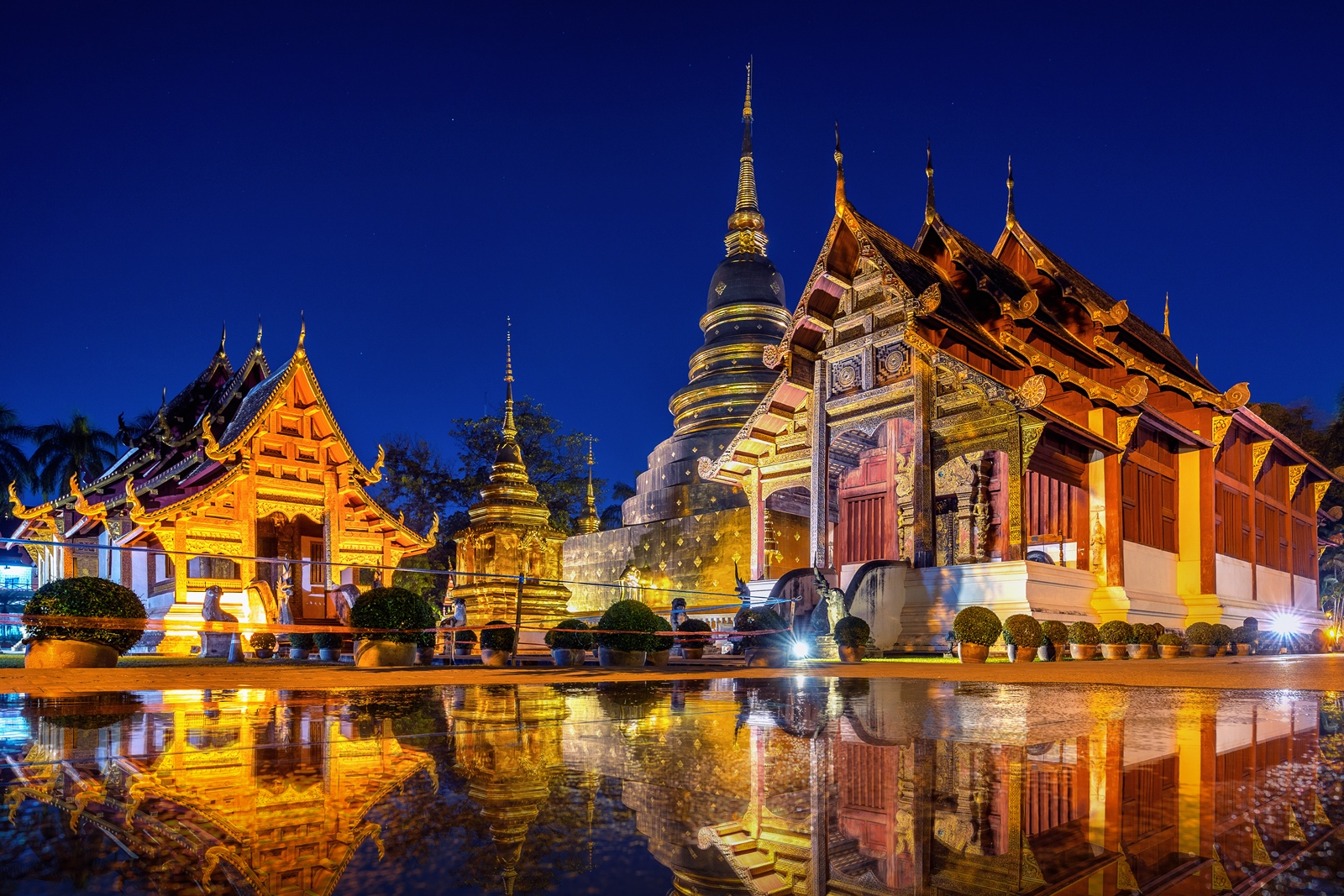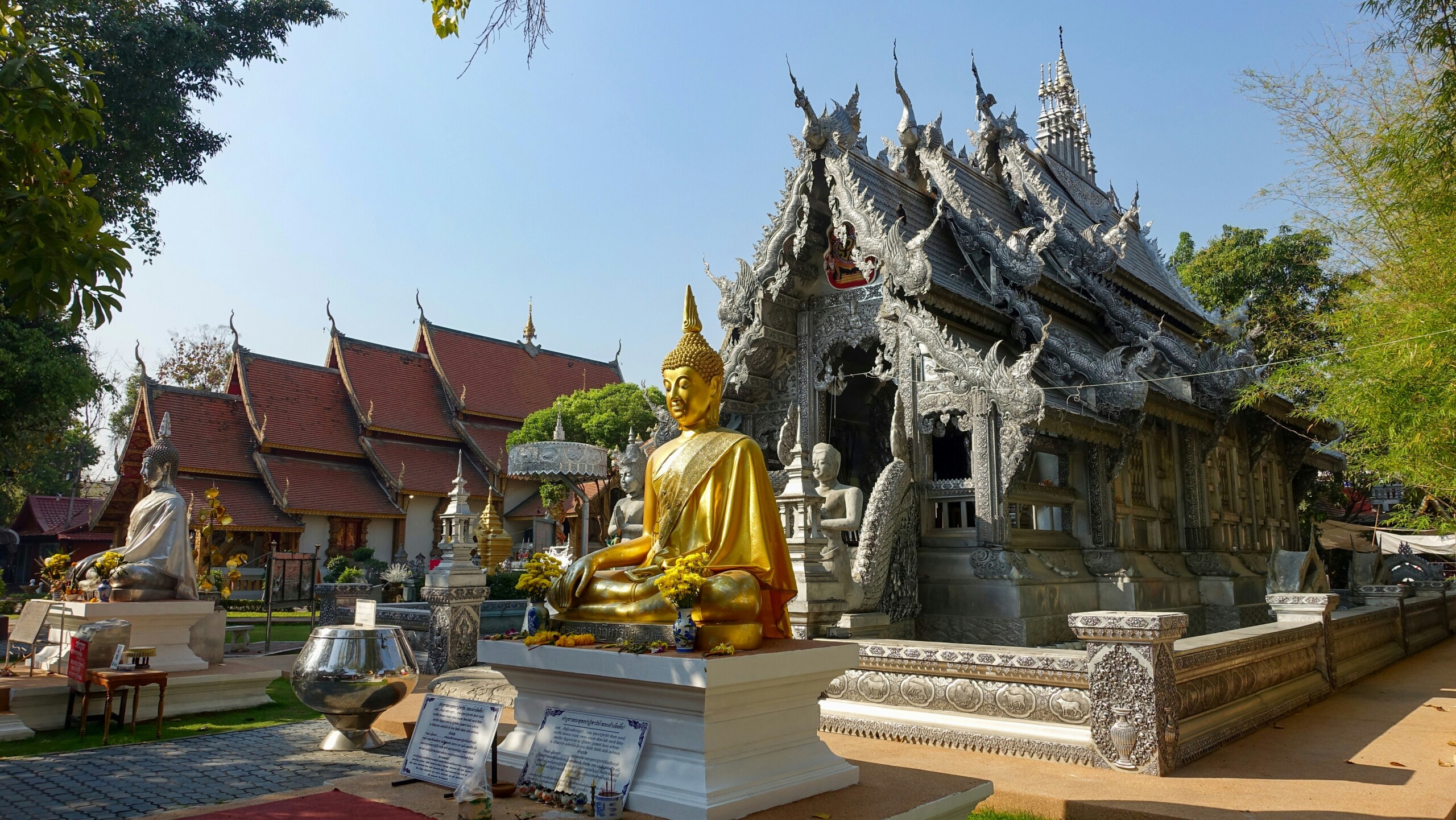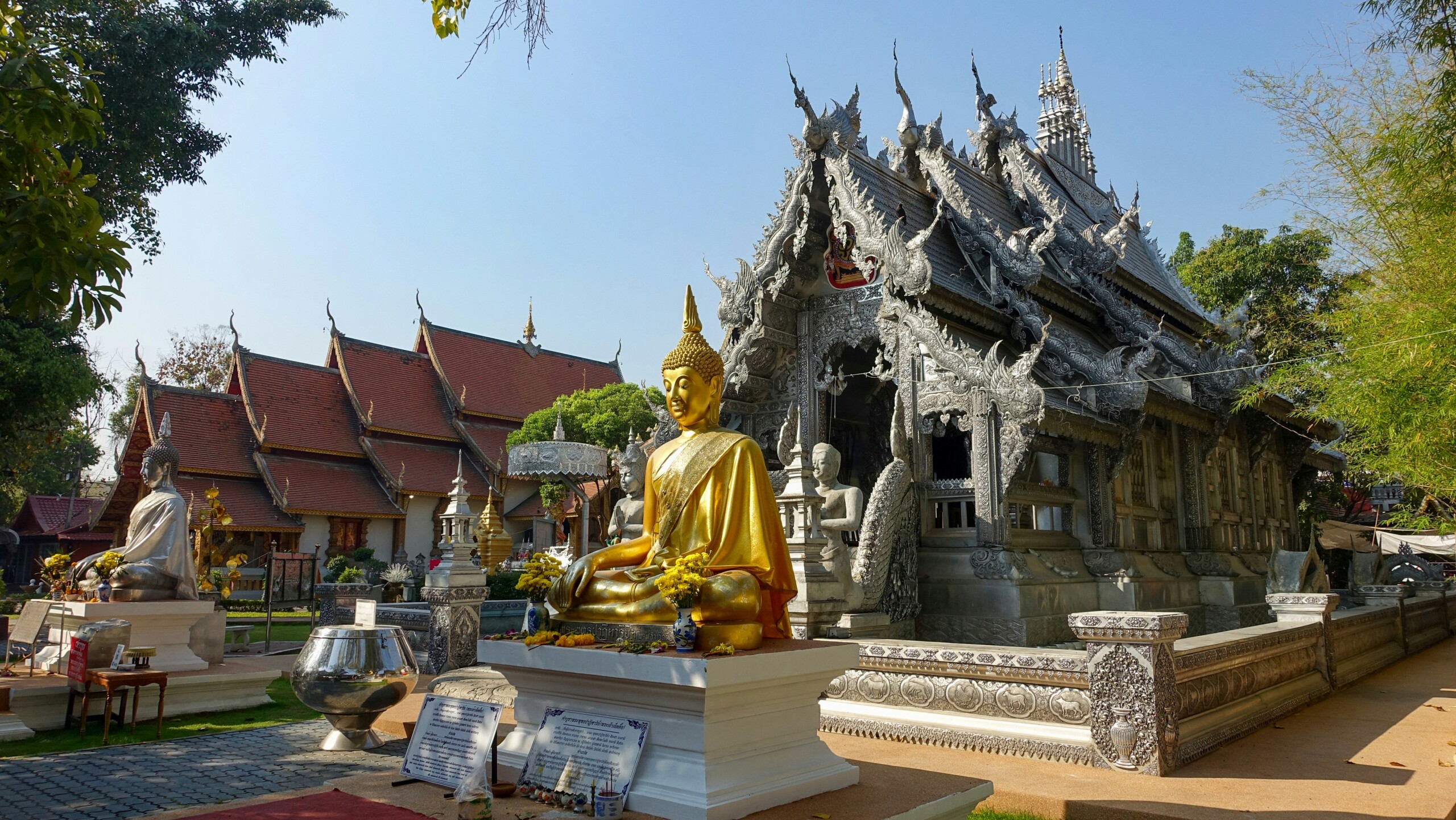Laos, a landlocked country in Southeast Asia, is a backpacking paradise with its stunning natural landscapes, rich cultural heritage, and affordable prices. If you’re looking for an adventure off the beaten path without breaking the bank, Laos is the perfect destination. In this article, we will explore how you can make the most of your backpacking trip to Laos on a budget.
Getting There
One of the first things to consider when planning a budget backpacking trip to Laos is the cost of getting there. Fortunately, there are several affordable options available. You can fly into the capital city of Vientiane or the cultural hub of Luang Prabang. Alternatively, you can also enter Laos by bus from neighboring countries like Thailand, Vietnam, or Cambodia.
Accommodation
When it comes to accommodation, Laos offers a wide range of options to suit every budget. Backpacker hostels are a popular choice among budget travelers, especially in major cities like Vientiane and Luang Prabang. These hostels provide affordable dormitory-style accommodation and are a great way to meet fellow travelers.
If you prefer a bit more privacy, guesthouses and budget hotels are also available throughout the country. These accommodations offer basic amenities at reasonable prices. Another option for budget-conscious travelers is to stay in homestays, where you can experience the local way of life and get a glimpse into the traditional Lao culture.
Transportation
Getting around Laos is relatively easy and affordable. The most common modes of transportation for backpackers are buses and minibusses. These are the cheapest options for long-distance travel between cities and towns. Local buses are also available for shorter journeys within a city.
If you’re feeling adventurous, you can also rent a motorbike to explore the scenic countryside at your own pace. Just make sure to have the necessary licenses and insurance. Another popular mode of transportation in Laos is the tuk-tuk, a three-wheeled motorized vehicle commonly used for short trips within cities.
Food
Laos is a food lover’s paradise, and you don’t have to spend a fortune to enjoy the local cuisine. Street food stalls and local markets offer a wide variety of delicious and affordable dishes. Try the famous sticky rice, laap (a traditional minced meat salad), or khao soi (noodle soup) for an authentic Lao dining experience.
For even more savings, consider eating at local eateries or small family-run restaurants. These places often serve generous portions at reasonable prices. Don’t forget to try the fresh fruit shakes and Lao coffee, which are both refreshing and budget-friendly.
Sightseeing
Laos is known for its breathtaking natural beauty and rich cultural heritage. Many of the country’s top attractions can be explored on a budget or even for free. Luang Prabang, a UNESCO World Heritage Site, offers stunning temples, traditional architecture, and the famous Kuang Si Waterfalls, where you can take a refreshing dip.
Vientiane, the capital city, is home to attractions like the iconic That Luang Stupa and the Buddha Park. Another must-visit destination is Vang Vieng, known for its limestone karsts and outdoor activities like tubing and rock climbing.
Conclusion
Backpacking in Laos on a budget is an incredible experience that allows you to immerse yourself in the country’s natural beauty and rich culture without breaking the bank. From affordable accommodations and transportation options to delicious street food and stunning sightseeing opportunities, Laos has something to offer every budget traveler. So pack your bags, grab your backpack, and get ready for an unforgettable adventure in backpacking paradise!

